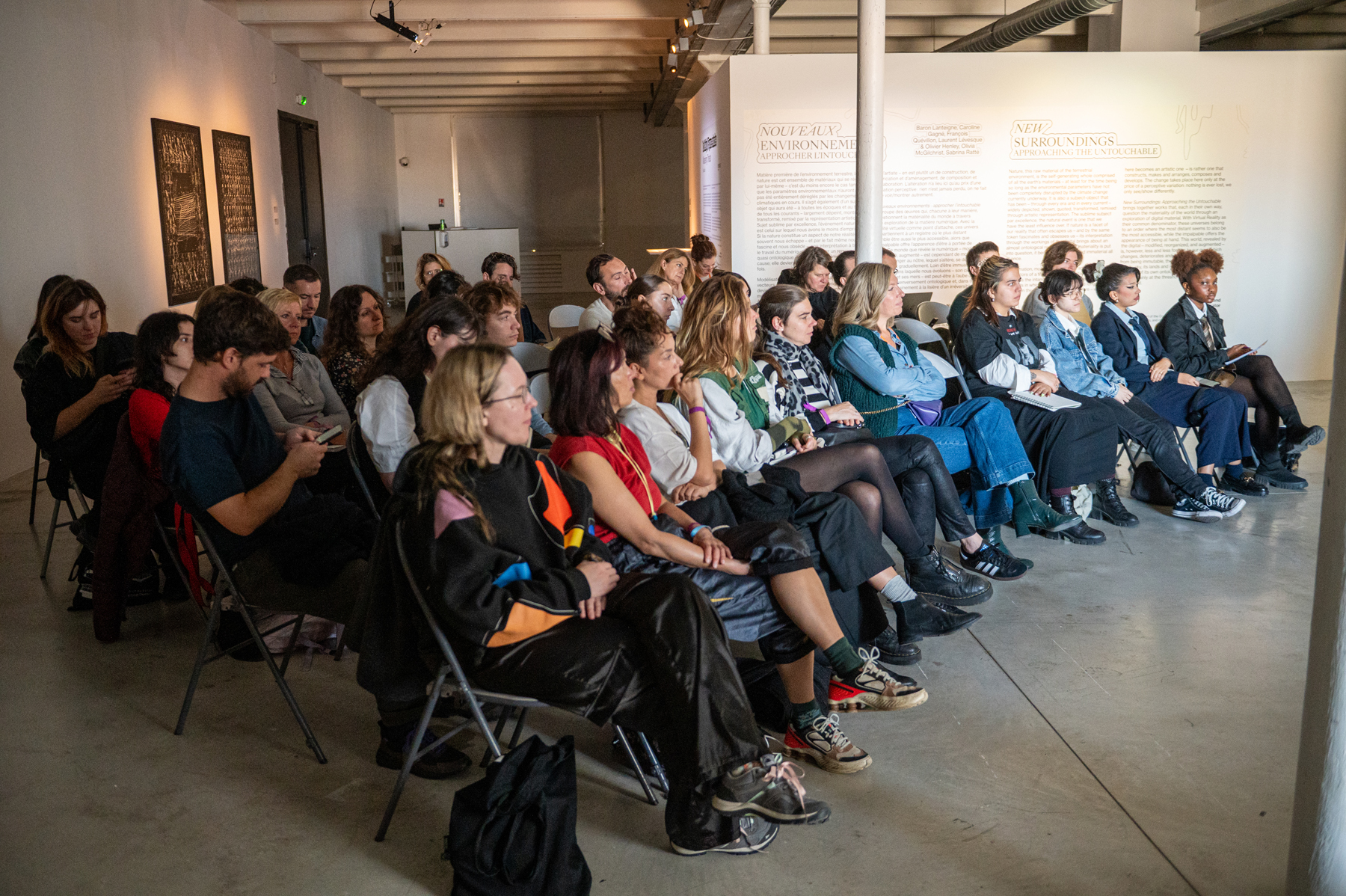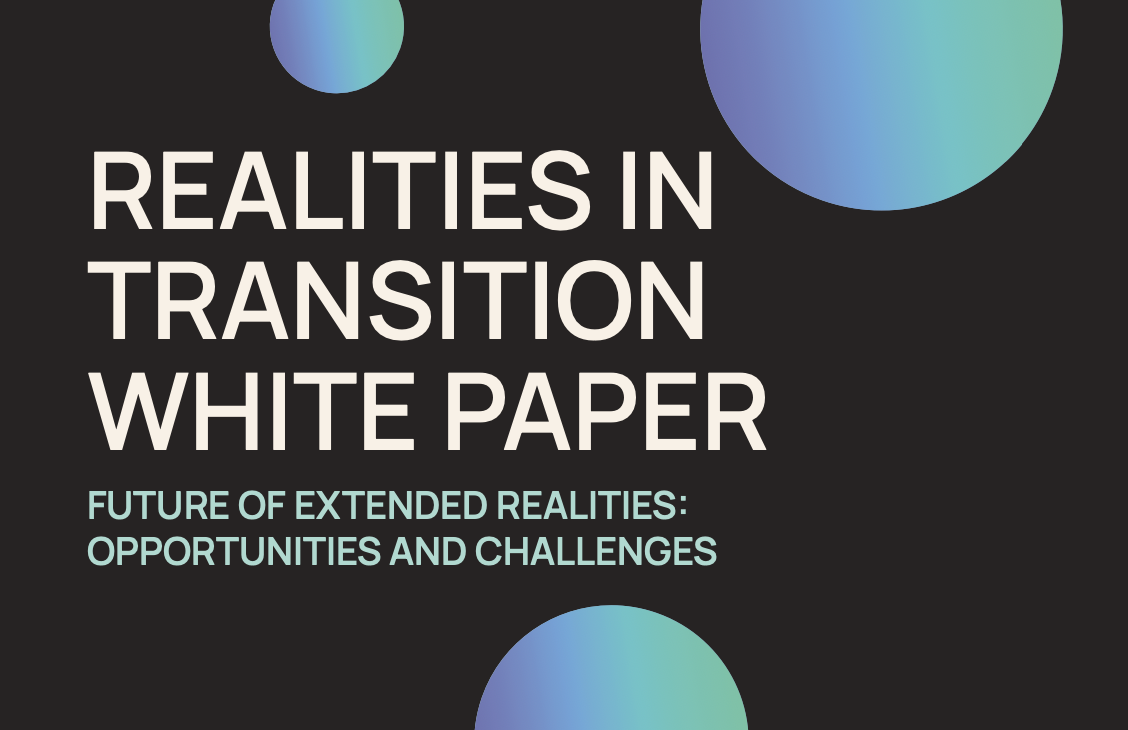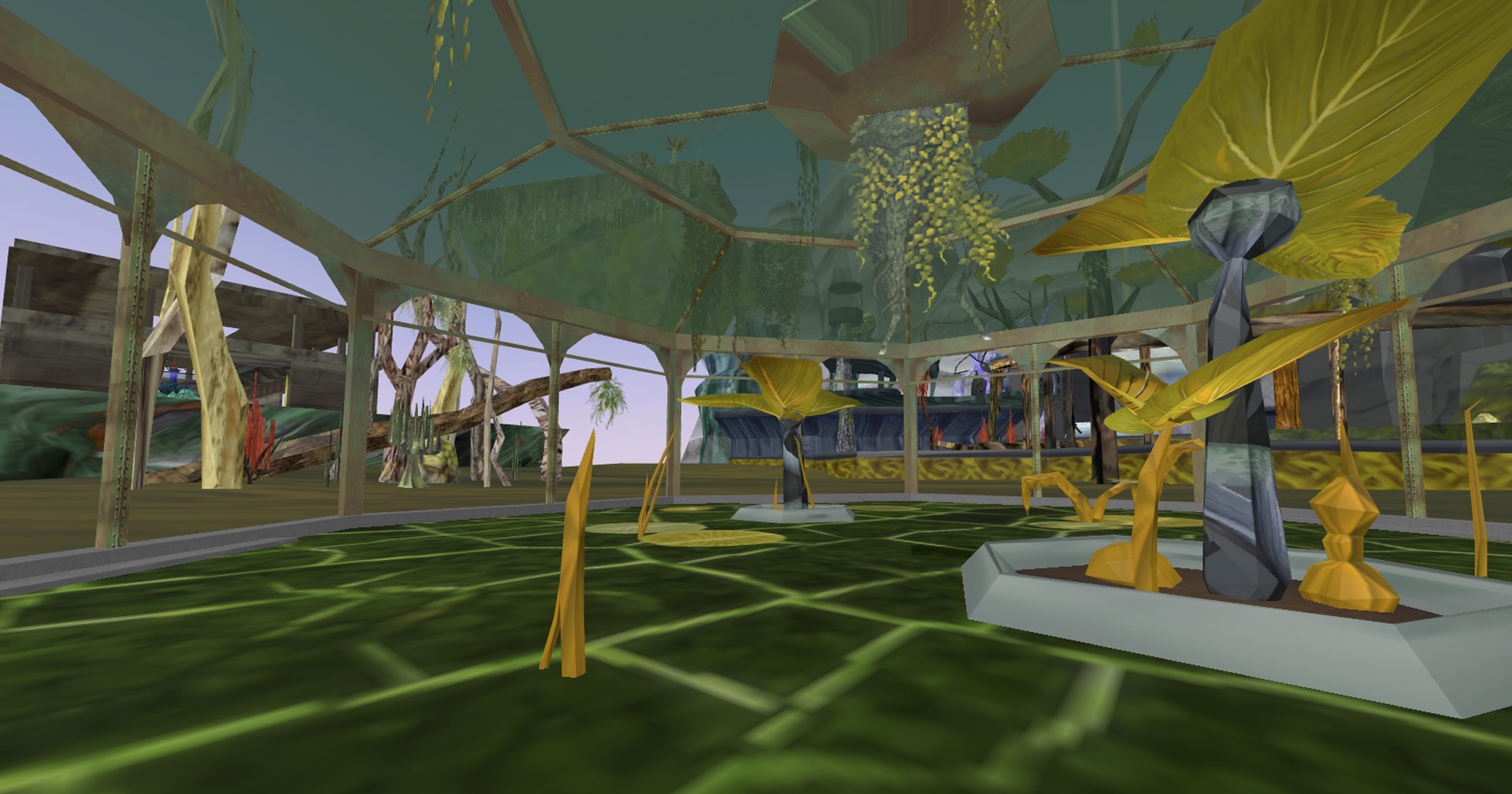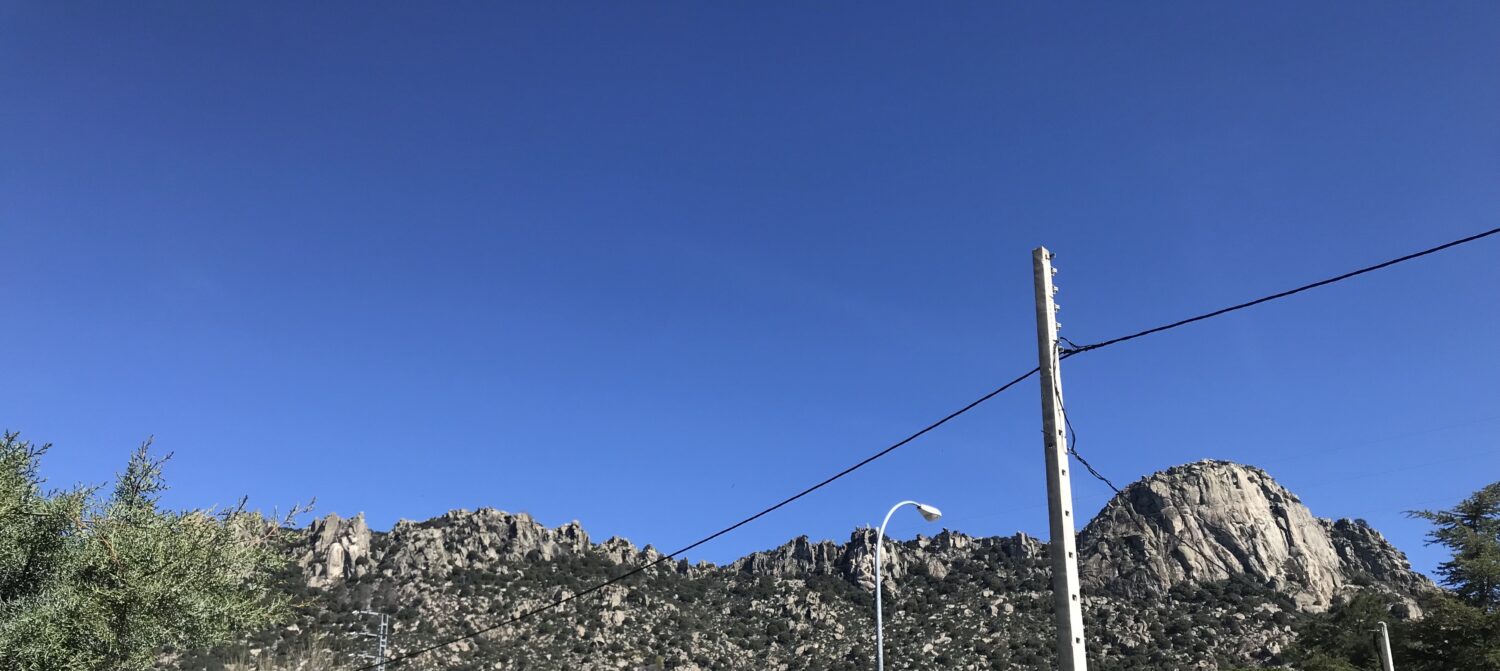
La Cabrera is located in the north side of the region of Madrid. Its landscape is strongly influenced by the mountain chain that draws a line from north to south-west and works as a natural border with other provinces at the center of Spain which are mostly flat. Although the mountains are not very tall, they really stand out, since they are the only ones around.
Like many rural areas of Spain, La Cabrera is very unpopulated. Its education system relies on a network of small primary education schools that lead to a single (and relatively big) secondary school. This school, called IES La Cabrera, is located at the crossroad of the various paths and walks that historically have served as communication roads between villages for humans and animals alike.
As part of an art and education program, the IES La Cabrera asked for a project to enrich the experience of walking those roads. A way of introducing future students to their school life, in a transition between their primary small education past and their crowded secondary education future.
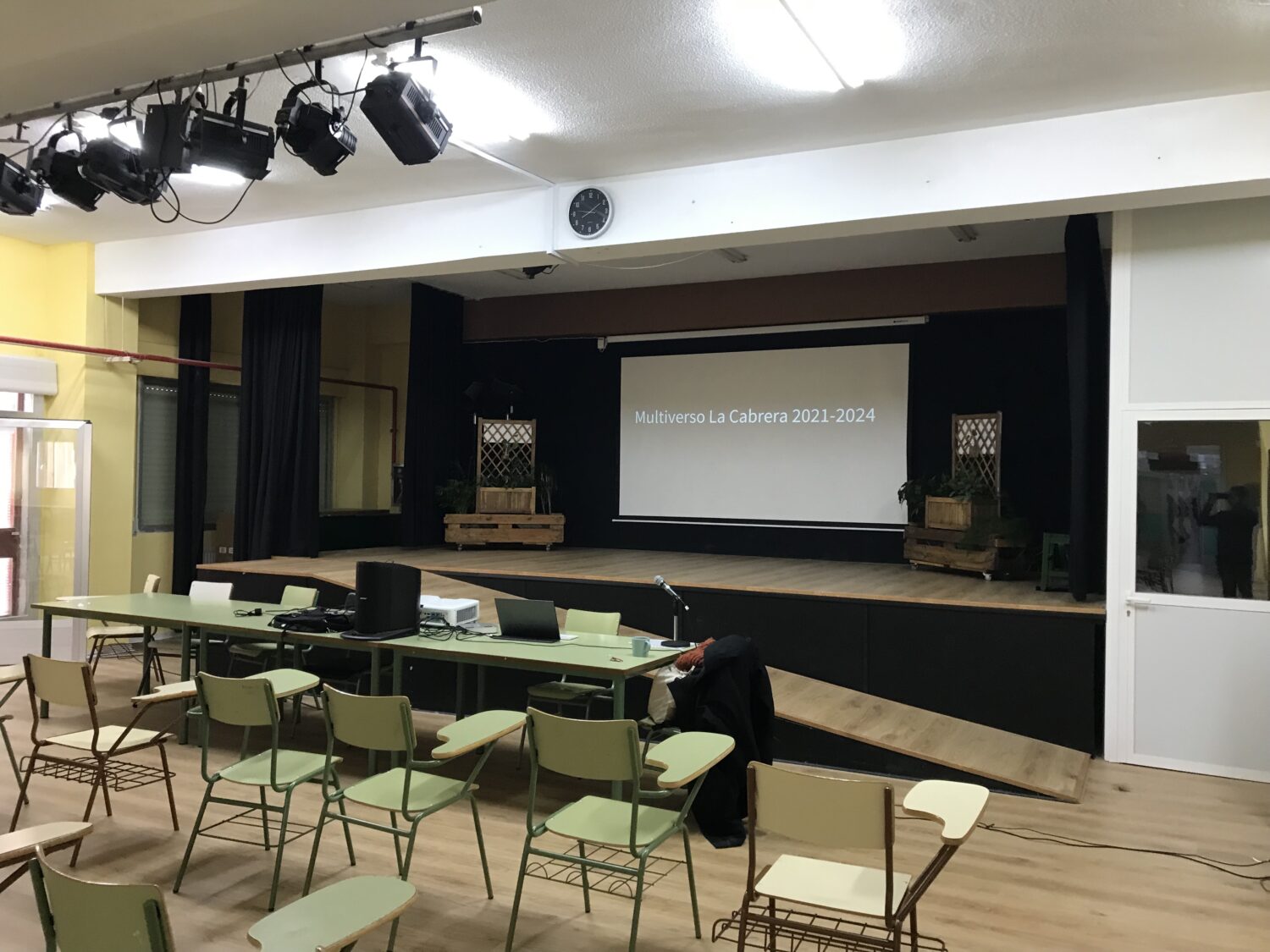
The project involved different academic fields like mathematics, physics, biology, literature and arts. The most important part of it was to understand that all data analyzed, that every photo taken or every story written for the project had to be geolocalized on a map. The territory must stay at the center of the project and all the content generated in the various workshops has to be accessible via a map of the region.
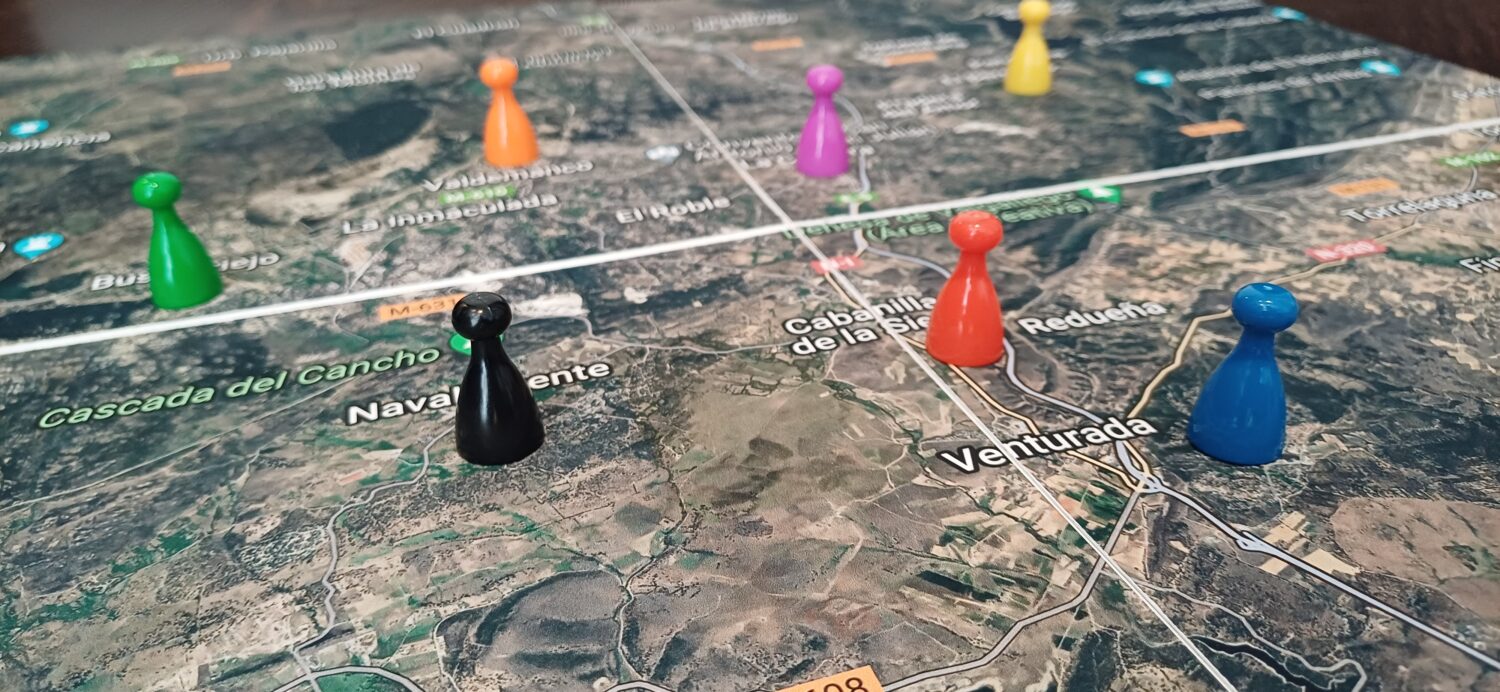
The starting point was to use different techniques to speculate about the future. From natural disasters and distopias to powerful idealistic utopias. In the process of imagining futures, several artifacts were created, which only existed in the digital world. Fantasy creatures, cyber gardens, minecraft-like skyscrapers, or ghostly soundscapes, are examples of these artifacts created by their collective imagination.
Finally, a board game was created to keep and show all the work done, and to serve as a tool for the school to welcome every future generation of students in their first days at the IES La Cabrera. In this board game, through Augmented Reality over a map of La Cabrera, the first years can excite their imagination by playing with virtual objects and portals to other realities and perceive what learning about science, technology, arts and literature could mean to their region.
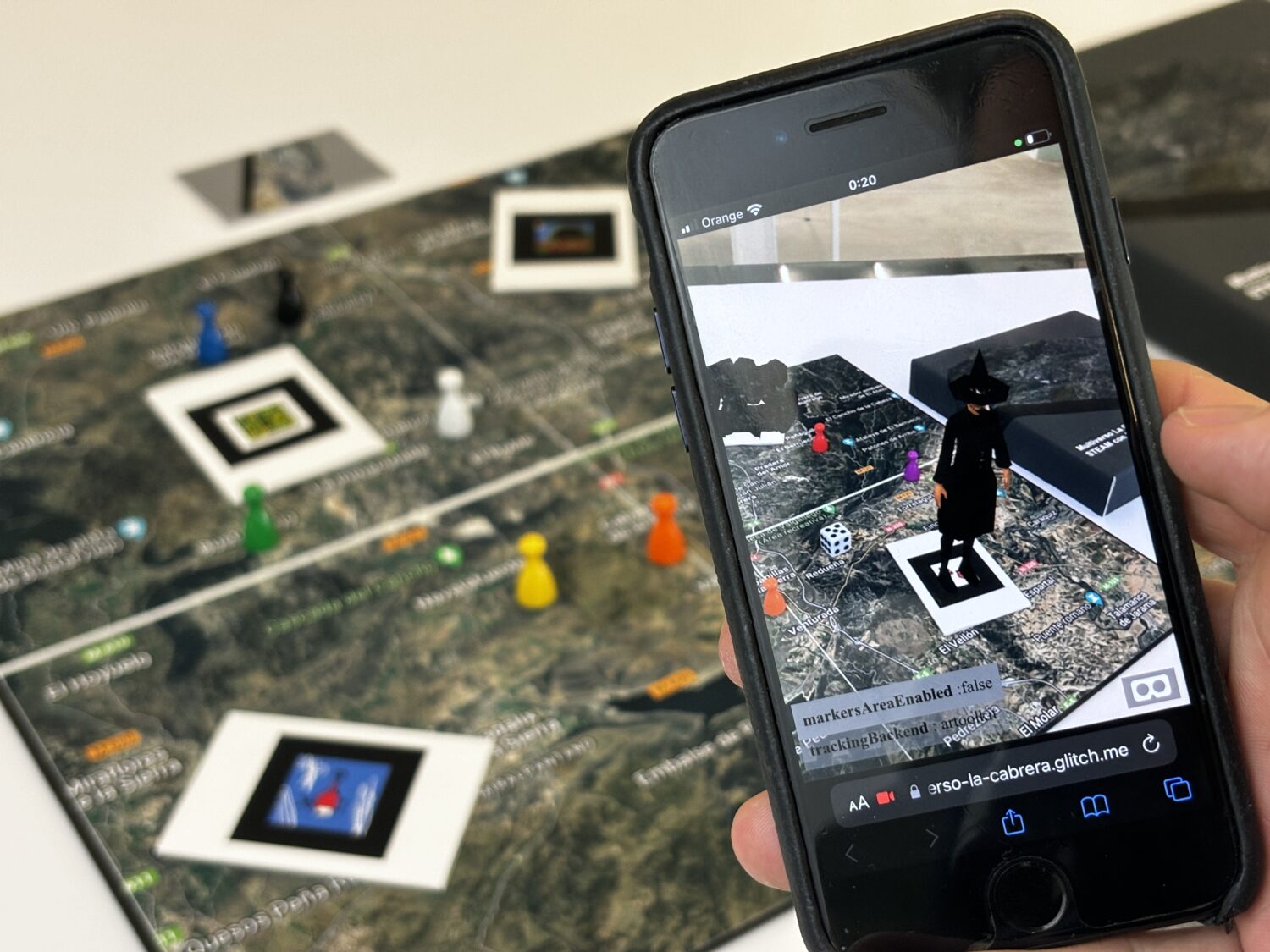
Hopefully, it will change their perception of what apparently looks like a natural landscape, only interesting to visit for a stroll on a sunny Sunday, towards a place full of complexities, interesting scientific discoveries and breathtaking stories.
This is an example of what extended realities could mean when used in rural regions and in artistic and educational contexts. It is also an example of the kind of uses that Realities in Transition is seeking in extended realities.
DATE
From 2nd to 5th of April 2024
PARTICIPANTS
The number of participants is around 100, from four different classes: some of them having scanned objects in 3D, others having modeled in 3D, still others having designed the AR markers, etc…. This is a three-year project presented during Science and Art Week.
SPEAKER DURING SCIENCE AND ART WEEK
Jesús Fransisco Jara


